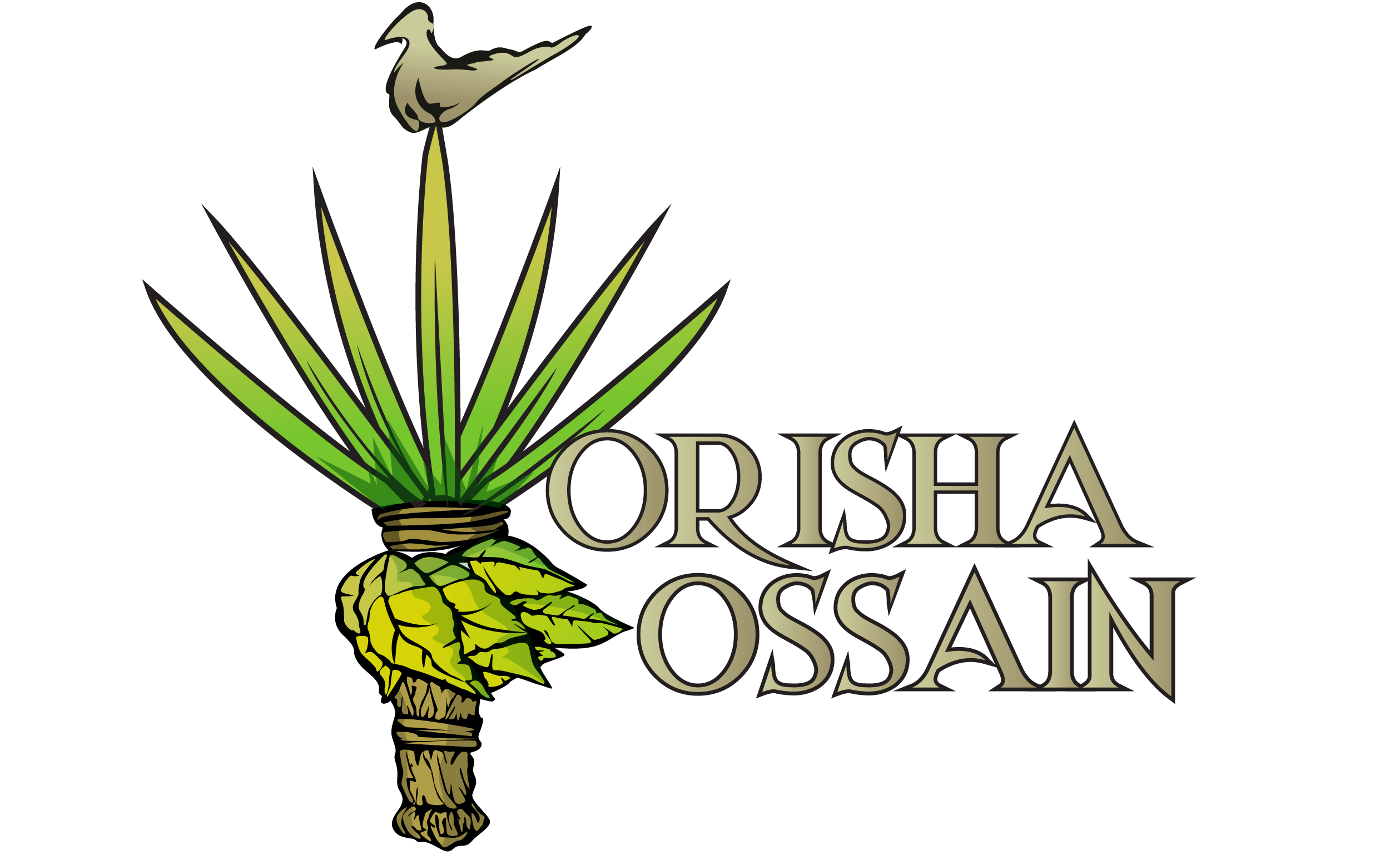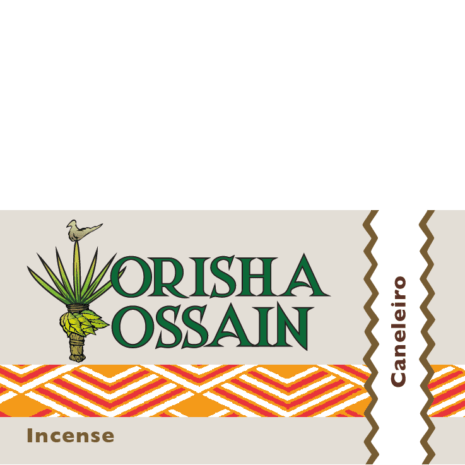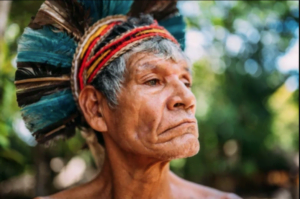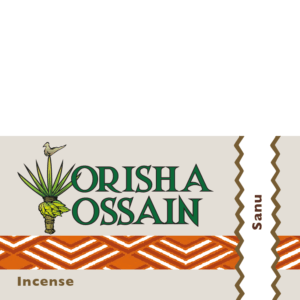Rapé Caneleiro
From: $19.73
This Rapé Caneleiro comes from the Yawanawa. The high content of ashes is the trademark of the snuffs coming from the Yawanawa tribe.
Common names: Caneleiro, Canela de Velho, Maraximbé or Fava do Campo
Tribe: Yawanawa
Origin: Acre, Brazil.
Rapé Caneleiro
This Rapé Caneleiro comes from the Yawanawa. The high content of ashes is the trademark of the snuffs coming from the Yawanawa tribe. This gives their Rapé a unique energy. This Rapé connects to the third Chakra. Rapé Caneleiro is very thorough in its properties. It helps a lot in health working mainly in the regeneration of cells and the balancing of hormones. Fire is the spiritual element this rapé connects to.
For rapé Caneleiro they use the ashes of the bark from Cenostigma macrophyllum. To the Indians in Acre, Caneleiro and Canela de Velho are very similar in their properties and treat them in the same way. Still, they are two different but very related trees.
About Cenostigma macrophyllum
Caneleiro (Cenostigma macrophyllum) is a flowering tree belonging to the Fabaceae/Leguminosae family. It is a tree of great beauty especially when the period of flowering perennials starts. The tree is the symbol of Teresina The first record of this Brazilian species was in Mato Grosso, over 150 years ago. The Caneleiro three grows in the North, Northeast, Midwest, and Southeast of Brazil.
From September to December and from February to July The tree gets covered with clusters of yellow flowers. The flowers are very like orchids and attract many insects and birds with the smell that it spreads. The Caneleiro tree grows from 10 to 20 meters tall.

The Yawanawa Tribe
The Yawanawá (yawa/white-lipped peccary; nawa/people) are a group belonging to the Pano linguistic family who today occupy the Gregório River Indigenous Land.
The Yawanawá community is in reality a conjunction of people that includes members from other groups: Shawãdawa (Arara), Iskunawa (nowadays known as Shanênawa, who live in a village close to the town of Feijó), Rununawa, Sainawa (generally known as Yaminawá, who live in the Bagé river region), and Katukina.
This configuration is the end result of a sociological dynamic common to many Pano groups – alliances. Through marriage, the capture of women during warfare conflicts, the migration of families – and a series of historical contingencies.
Would you like to know more about the Amazon indigenous tribes or other tribes’ cultures around the world? Have a look at this interesting website.
Yawanawa Rapé
The Yawanawa call their Rapé “Rume”. It contains mostly the ash of the bark of the Tsunu tree. They add the ash of the bark of the Txunú tree and a strong herb that resembles mapaccho. This makes a special and very unique Rapé blend.
The Amazonian tribes use the Tsunu tree bark often for healing and curing purposes. Rapé has a supportive role during ayahuasca ceremonies and is often used before ayahuasca. It enhances the effects and the opening of the spirit for the ceremony. But also during intense ceremonial experiences, it eases vomiting and cleaning.
“We mostly use rumê in our sacred ceremonies with UNI (our sacred drink, more commonly known as ayahuasca). But, rumê is also taken in the afternoon, before washing. The water cleans our body and spirit; it’s our favorite part of the day”.
Tepi and Kuripe
Have a look at the collection of Tepi and Kuripe. Various styles from different artists are available.  Tepis receiving blessings from their creators
Tepis receiving blessings from their creators
Handling & Sorting
I sieve this rapé Caneleiro and all other snuff coming from my shop through a 120-micron high-grade stainless steel mesh. I also store the Rapé stock dry and in vacuum containers to prolong freshness and quality.
This results in.
- an extremely fine powder.
- a guaranteed consistent fineness
- optimal absorption of the snuff







